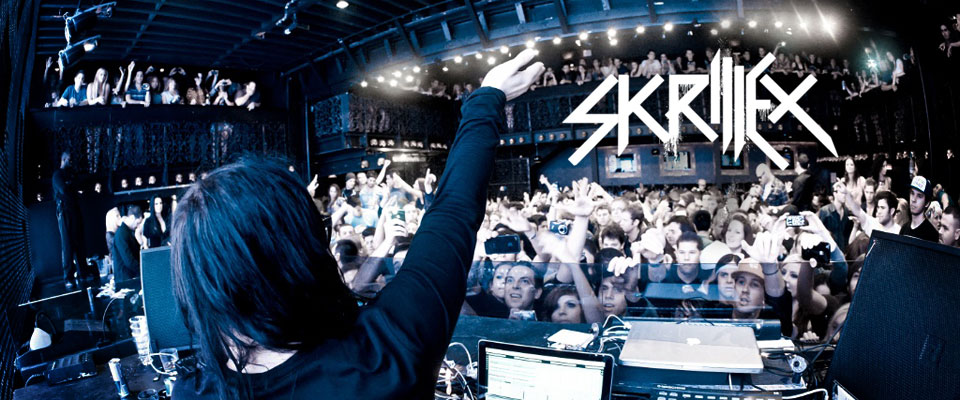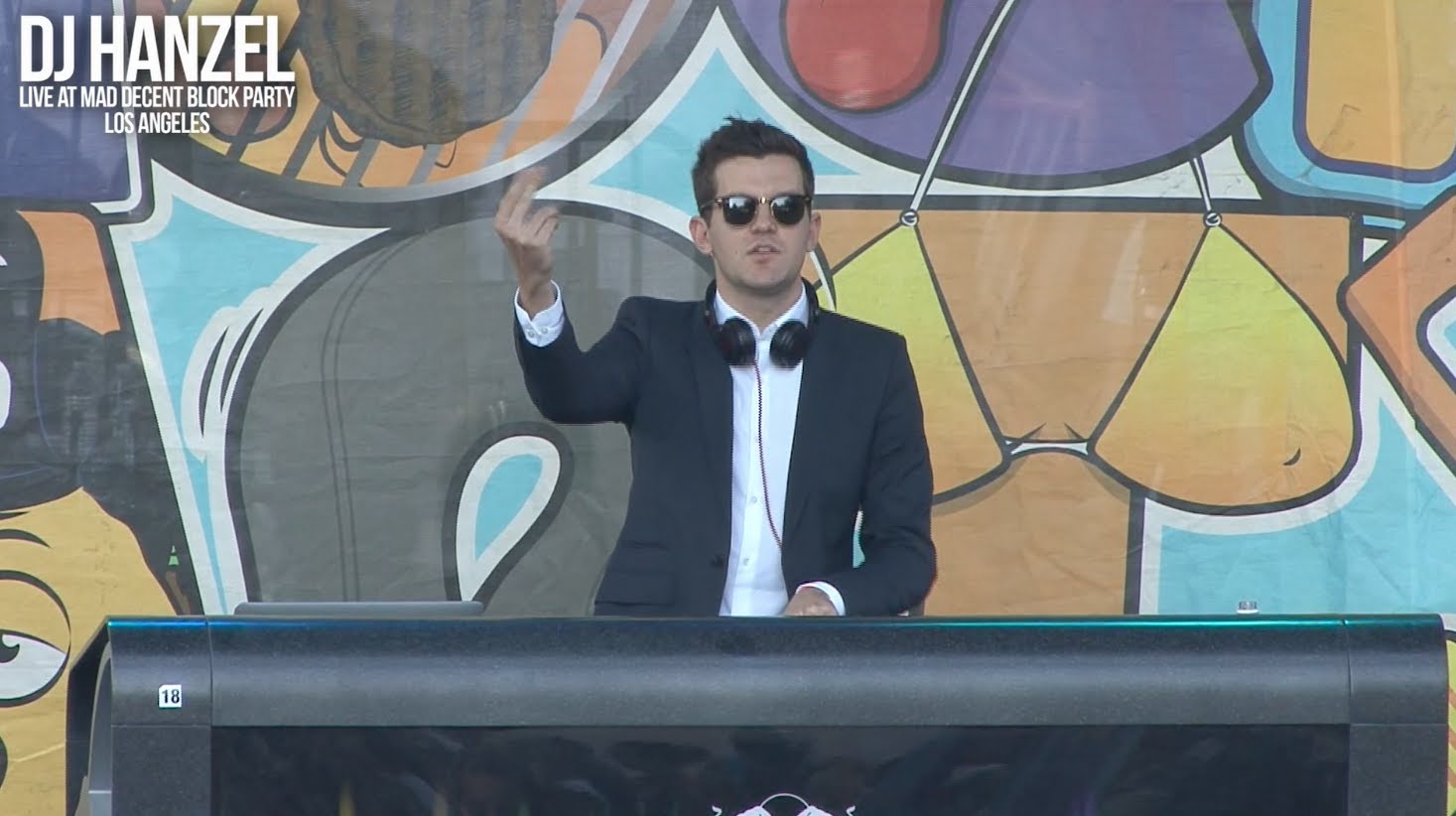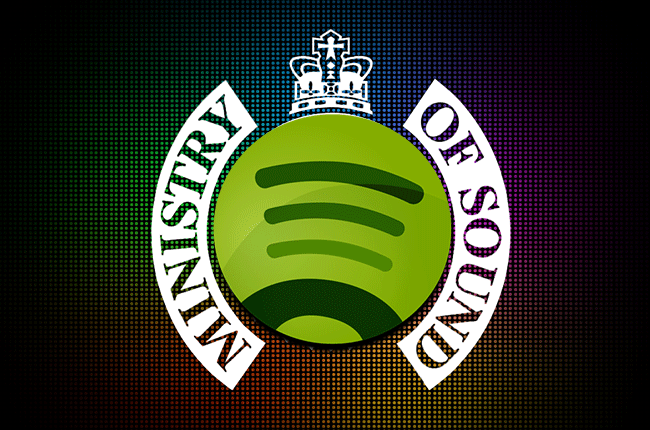The city of Denver has imposed new rules on the famous concert venue known around the world; Red Rocks Amphitheater. Since the inception and rapid expansion of electronic-dance and heavy-bass music, audiences have only wanted their shows louder and louder. Despite fan desires for increasingly louder shows, Michal Menert and the county of Denver say no.
The intensity of sound is measured in decibels (dB). Here are some relatable facts:
– The softest sound the human ear can hear is 0 dB
– Normal talking is between 40-60 dB
– Headphones are 110 dB
– A normal rock concert is between 110-120 dB. Could reach as high as 140 dB
The Occupational Safety and Health Administration has stated that 90 dB (comparable to a “loud office”) for 8 hours is all the human ear can stand without suffering permanent hearing loss. At any given EDM show, decibels of over 110 dB are commonly found for hours upon hours. I point out “At any given EDM show”–that could be your Alesso shows, your Nicky Romero shows, your Pretty Lights shows, but, at any given Bassnectar or Excision show–who knows? No one throws down harder than those two bass masters and crowds can never get enough. Should they though?
Risk of hearing loss is measured by several factors:
– How loud the sound is
– How close you are to the sound
– How long you are exposed to the loud music
– What kind of headphones you use (earbuds vs. over-the-ear)
– Family history of hearing loss
Red Rocks and all of their future artists have agreed to keep their shows within these limits:
– Show noise levels shall not exceed 105 dB for longer than 1 minute after midnight on weekdays and 1am on weekends and holidays
– Bass levels cannot exceed 125 dB at the low frequency levels of 25-80 hertz for 1 minute averages after midnight on weekdays and 1am on weekends and holidays
Denver’s Michal Menert agrees with these rules and doesn’t find them to be an imposition at all. He implores that it will bring out the dynamic sound–the ups and downs, the loud the soft, the crescendos of the set–that the artist wanted to convey to the audience in a more appealing manner:
“If anything, this is going to bring more dynamic out in the music because it will allow more frequencies to breathe… It will be less in-your-face sound coming at you and more dynamic.”
I spoke with Dr. Susan McTyiere Au.D., CCC-A about the dangers of sound this loud and what we can do to protect our ears without taking away from the music. Are cheap $1 earplugs from the drug store enough?
“Standard earplugs at concerts will help, but are not ideal. Always look for the noise reduction rating (NRR) on non-customized ear protection. It will vary depending on material, model, etc. as well as how well they are utilized by the wearer. Proper insertion is essential to achieve the noise reduction rating, especially on non-customized ear protection. Also, if you want the very best in ear protection, have custom ear protection made by an audiologist specific to the activity (hunting, concerts, factory work, etc.)”
High fidelity ear plugs seem to be the way to go for loud music. They can range from $10-$150+ depending on if they are personally fitted by an audiologist or just bought at the store. They provide balanced sound reduction with very little disruption of frequency response. Definition of mid and high frequencies can be heard clearly for a safer yet unmuffled listening experience. I recently purchased a $13 pair and am very glad I have them as an option.
Why do we, the audience members, love a drop so much? They start off slow and quiet… and then suddenly pick up tempo and loudness and then BAM! Exhilarating, mind numbing music. Excitement was built up within the listener during that change in dynamic. You can’t enjoy the highs if you don’t have the lows; and you can’t enjoy any of this if you can’t hear.
Lil Jon and DJ Snake candidly ask audiences “Turn down for what?”; and one of the world’s most respected concert venues answered “So you can actually enjoy the show.”
What do you think of Denver and Red Rocks’ decision to turn down? Read more about this story on The Denver Post.
Photo courtesy of jmimna.com









